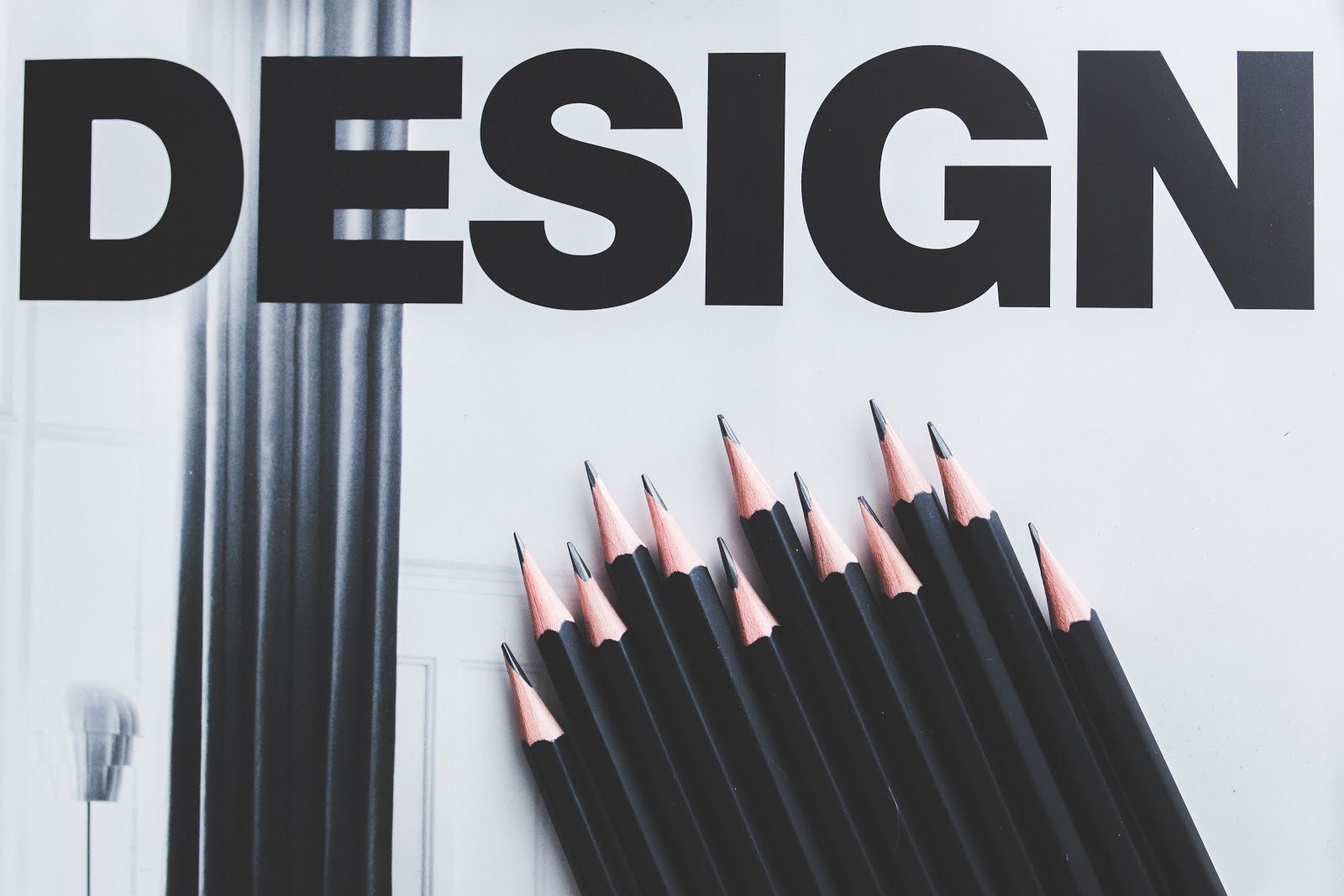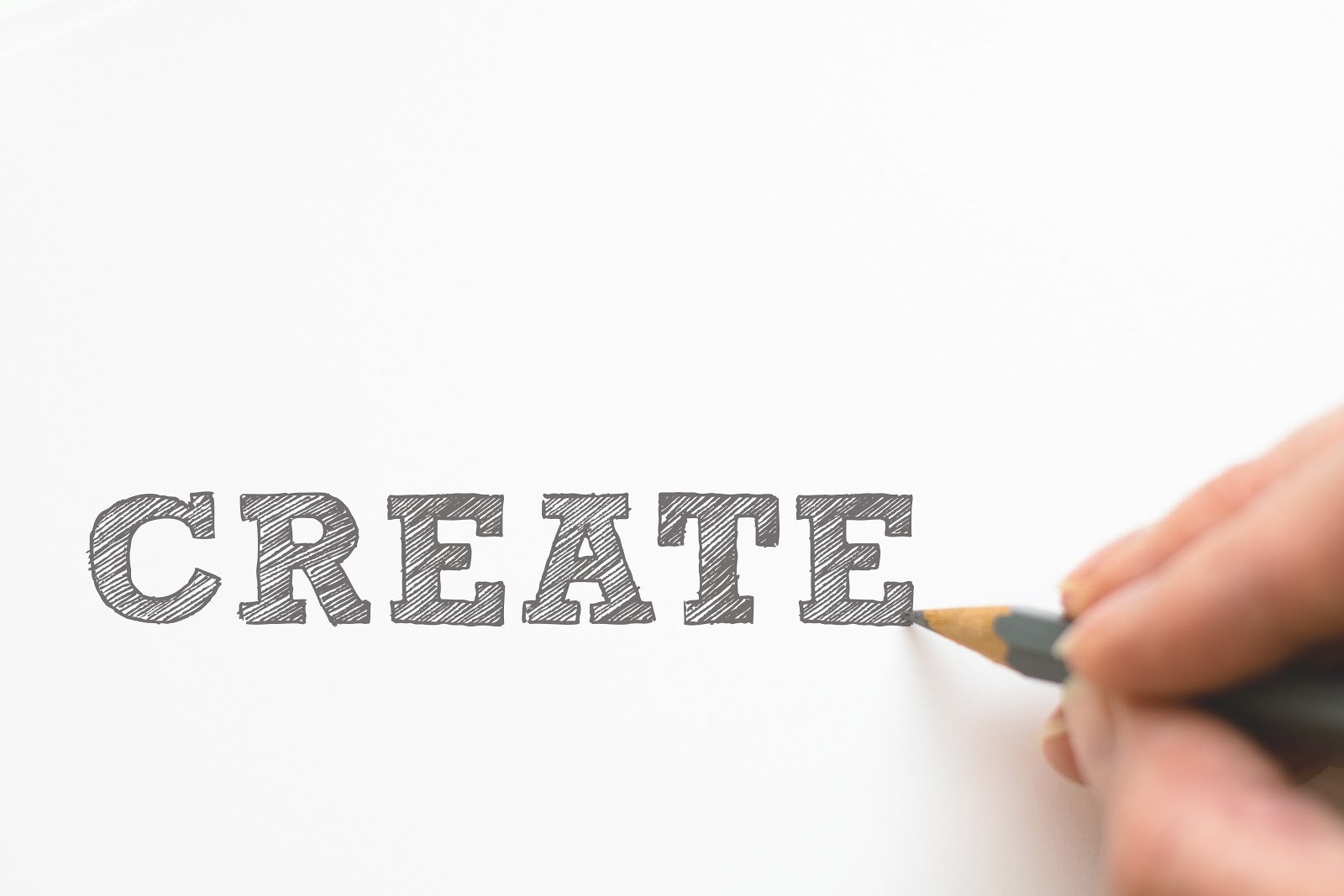
A solid and cohesive brand identity consists of more than you might think. If you are looking to impress others and leave your mark in the industry, prepare to spend a lot of time creating a branding strategy.
Cohesiveness stems not just from the desire to develop a successful business. The right approach is inevitable when you are up against the tough competition.
The end goal is to create a brand that leaves an everlasting impression on people who encounter your name. Whether it is on the internet or outside matters very little. The point is to make people recognize you immediately. And positive first impressions will help toward becoming an authority in your industry.
A brand strategy for establishing your identity requires certain elements. Before you start investing in marketing heavily, make sure that you nail every single one of these elements down.
Element #1 – Name
Picking a name is a good place to start. It may come to you as a surprise how difficult it is to choose something that is available, relevant to the services or products you sell and aligns with the overall goals. Also, let us not forget what the law says, as there are countries that prohibit certain phrases or words one can register.
Take all the time you need because the name will set foundations for the future of the brand. Try to come up with something short that rolls off the tongue. Coca-Cola is a good example. Achieving the status of a household name might be a dream, but if you are serious, do not neglect the importance of picking the right name.
If you’re having trouble choosing a name you can use a name generator tool to get some ideas. Some of the results are not great with such tools but you can find some gems.
Element #2 – Logo
 A logo is a visual trademark that represents a business.. Even if people do not use services or products of a particular brand, they still recognize certain logos.
A logo is a visual trademark that represents a business.. Even if people do not use services or products of a particular brand, they still recognize certain logos.
Think about car brands. Ferrari, Toyota, Renault, and others. Even if you do not drive any of these brands, you would not have any problems recognizing them just by looking at the logos, right?
Of course, this recognition comes from more than just a logo. The quality of the product or service also plays a prominent role.
There are brands that create logos by incorporating their names. DHL, eBay, and Google are some of the best examples of that.
Different logo mockups should also be something you have to think about when designing the final version. There might be times when you need to change the logo colors or size depending on the current global events or even collaboration with other brands or personalities.
It is not a stretch to say that brands spend thousands to perfect their logo designs. If you have the funds for that, do not hesitate and hire someone who can do an excellent job. If your pockets are not so deep there are other logo design options that are more affordable.
Element #3 – Color Palette
The color palette is connected to the logo, but you should not forget that there are other elements involved as well. Take a football club like Manchester United. Their brand is associated with the color red, but it is not just the logo. The merchandise they sell, uniforms of the players, official website, and everything that is connected to the club will include red color one way or another.
There are color palettes brands use often, and following the theory of color, marketing psychology is a good piece of advice. If you are still a new brand without much recognition, pick something that stands out and can be easily associated with your brand.
Yes, there are other factors to consider before picking the palette. Think of your targeted demographic. Is your audience predominantly male or female? What about age? Are you trying to appeal to the young people, or the age group is of little relevance.
Consulting with someone who understands these things would be a good investment. After all, you cannot just change colors all of a sudden. The work put before this sudden change would end up as a complete waste of resources.
Element #4 – Slogan
Even the biggest brands are prone to changing their slogans that could not withstand the test of time.
Creating a phrase that is catchy, memorable, and clearly defines what your business is all about can be a tough challenge. The art of copywriting is certainly not something every person is capable of achieving. As is the capability of affording a good copywriter.
You can test different variations and stick with one that sounds the best. Get some feedback from people you know and trust. See what they have to say about some of the slogans you came up with.
Lastly, there will be those who will argue about how slogans are not all that important. However, if you are going for a fully fleshed-out branding strategy and want to get the most out of it, having a slogan is a must.
Element #5 – Shape
 Your product designer team should put a lot of effort into creating product shapes. Being in a heavily saturated market and having a product design that is different from the standard shapes of your competitors will give an advantage.
Your product designer team should put a lot of effort into creating product shapes. Being in a heavily saturated market and having a product design that is different from the standard shapes of your competitors will give an advantage.
Some brands are expected to introduce new products with new and innovative looks. Just look at some smartphone, computer, or gaming console manufacturers. They are always trying to top each other and attract the attention of more customers.
Element #6 – Image
Images that you post on social media, galleries or use for advertising should follow certain patterns. And it does not matter whether these images are taken from a public website, or they are something that a professional photographer got.
Editing, colors, shapes, and other elements have to resemble your brand. Otherwise, people will be confused and unable to recognize you.
Keep in mind that image consistency is very important, given the rise of social media marketing popularity. The most popular platforms, such as Facebook or Instagram, continue to attract new members from the whole world. Hundreds of millions of active monthly users says a lot, and the trend is not stopping any time soon.
If you are a startup that is looking to create a recognizable brand on as many fronts as possible, emphasizing the importance of images is a good piece of advice.
Element #7 – Graphics
Branded graphics are usually considered as an extension of a logo and tend to be a more simplified, yet still recognizable element of a brand. This recognition is usually achieved by making slight adjustments to the main components of a logo without removing the associated colors or changing them slightly at most.
Graphics are not necessarily something you need to be concerned about at the start. It is food for thought for the future when you are looking to make your mark in more places without overusing the logo.
Element #8 – Typography
 The font in which you present your brand is not to be underestimated. There will be certain elements of the whole branding strategy that can be improved by using particular fonts.
The font in which you present your brand is not to be underestimated. There will be certain elements of the whole branding strategy that can be improved by using particular fonts.
Again, this is something that requires an understanding of what works with what and what should be discarded. The choice of typography should mesh with the rest of the elements. Fonts are similar to colors, and they can send a different message when bolded or in italics.
Like with everything else, the font should remain consistent throughout the whole strategy, unless there are specific instances where changing it would prove to be more beneficial. To help you find something that suits your needs quickly and efficiently, you can check out the font generator by QuickTools which lets you create fonts that fit the particular style of your brand without difficulty.
Element #9 – Purpose and Philosophy
While not visual, purpose, and philosophy should also be considered as crucial elements of the campaign.
If you want to gain the trust of the customers, and create a sustainable business, do not undermine what it means to know what the purpose of your products or services is.
Philosophy is another aspect that gets overlooked by some. For example, if you are pro-environment and claim that in your slogans, blog articles, or social media content, do not ever consider going against this philosophy. It is something that you created with a purpose in mind, right? And not following it is contradictory to your proclaimed beliefs. Doing so will only damage your reputation until you are left with nothing to show for what you have worked so hard.
Element #10 – Personality
 It does not take long to look at the brand and determine its personality. Similar to philosophy, personality should also remain consistent throughout. Contriving it will only leave the people who have followed you confused.
It does not take long to look at the brand and determine its personality. Similar to philosophy, personality should also remain consistent throughout. Contriving it will only leave the people who have followed you confused.
Personality is displayed in different forms. Social media campaigns, cooperation with others, talk shows, advertisements, as well as products and services themselves are part of the big picture. Make sure that everyone involved is on the same page and represent your brand’s personality in the right fashion. Even one deviation can lead to damages that might prove to be irreparable. It is much better to prepare in advance.
Conclusion
To sum everything up, this article ought to work as a good reference to everyone who is in the early stages of launching their startup, or have not started it yet but have serious considerations about the idea.
Reaching the point where you become a recognizable brand will take time and a lot of work. But if you do your best and perfect every mentioned element as much as you can, all the hard work will start to turn into results sooner rather than later.
2643 Views












